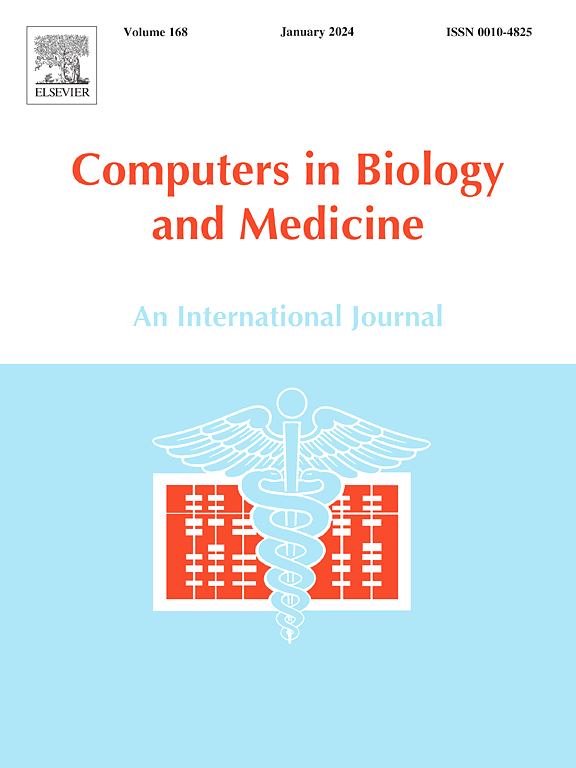A feature fusion method based on radiomic features and revised deep features for improving tumor prediction in ultrasound images
IF 7
2区 医学
Q1 BIOLOGY
引用次数: 0
Abstract
Background
Radiomic features and deep features are both vitally helpful for the accurate prediction of tumor information in breast ultrasound. However, whether integrating radiomic features and deep features can improve the prediction performance of tumor information is unclear.
Methods
A feature fusion method based on radiomic features and revised deep features was proposed to predict tumor information. Radiomic features were extracted from the tumor region on ultrasound images, and the optimal radiomic features were subsequently selected based on Gini score. Revised deep features, which were extracted using the revised CNN models integrating prior information, were combined with radiomic features to build a logistic regression classifier for tumor prediction. The performance was evaluated using area under the receiver operating characteristic (ROC) curve (AUC).
Results
The results showed that the proposed feature fusion method (AUC = 0.9845) obtained better prediction performance than that based on radiomic features (AUC = 0.9796) or deep features (AUC = 0.9342).
Conclusions
Our results demonstrate that the proposed feature fusion framework integrating the radiomic features and revised deep features is an efficient method to improve the prediction performance of tumor information.

一种基于放射学特征和修正深度特征的超声图像肿瘤预测特征融合方法。
背景:乳腺超声中放射学特征和深部特征对肿瘤信息的准确预测都有重要的帮助。然而,结合放射学特征和深部特征是否能提高肿瘤信息的预测性能尚不清楚。方法:提出一种基于放射学特征和修正深度特征的特征融合方法来预测肿瘤信息。从超声图像上提取肿瘤区域的放射组学特征,并根据基尼评分选择最佳放射组学特征。将整合先验信息的修正CNN模型提取的修正深度特征与放射学特征相结合,构建用于肿瘤预测的逻辑回归分类器。采用受试者工作特征曲线下面积(AUC)评价。结果:所提出的特征融合方法(AUC = 0.9845)的预测效果优于基于放射学特征(AUC = 0.9796)和深度特征(AUC = 0.9342)的预测效果。结论:本文提出的融合放射学特征和修正深度特征的特征融合框架是提高肿瘤信息预测性能的有效方法。
本文章由计算机程序翻译,如有差异,请以英文原文为准。
求助全文
约1分钟内获得全文
求助全文
来源期刊

Computers in biology and medicine
工程技术-工程:生物医学
CiteScore
11.70
自引率
10.40%
发文量
1086
审稿时长
74 days
期刊介绍:
Computers in Biology and Medicine is an international forum for sharing groundbreaking advancements in the use of computers in bioscience and medicine. This journal serves as a medium for communicating essential research, instruction, ideas, and information regarding the rapidly evolving field of computer applications in these domains. By encouraging the exchange of knowledge, we aim to facilitate progress and innovation in the utilization of computers in biology and medicine.
 求助内容:
求助内容: 应助结果提醒方式:
应助结果提醒方式:


